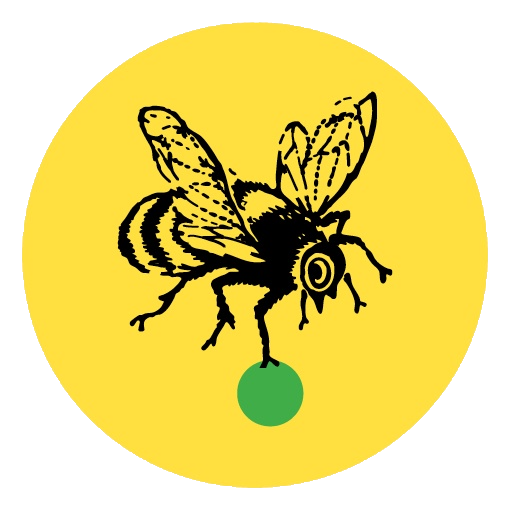Nutrition and Food Literacy
Each academic lesson has a recommended healthy snack to go with it. For example, when you teach the seventh grade Medieval History lesson entitled “The Columbian Exchange” they learn the place of origin for the produce discussed in the lesson (e.g., avocados, cilantro, onions, garlic, lime and tomatoes) before harvesting some/all of these items from the garden in order to make their own guacamole. Students reflect on what life would be like if they could only eat the crops native to their part of the world.
Our recommended snacks can be substituted with other items or recipes from our Healthy Snack Database, which features healthy recipes from the California Department of Public Health, the Supplemental Nutrition Assistance Program, and the Nutrition Education and Obesity Prevention Program. Many of these recipes also include the cost per serving and nutritional facts. Recommended recipes involve minimal preparation, are low cost, and are easily replicable by students at home.
Ideally, the teacher will have access to a stove, a microwave/convection oven, and/or an electric frying pan, and a refrigerator near the classroom so that recipes can be served at the appropriate temperature. We have tried to integrate fresh produce from the garden into each lesson. However, it may not be feasible to grow every crop mentioned in the lessons. In those cases, you can buy or get donated food from a local farmer’s market or grocery store. For example, organizations like Food Forward donate leftover produce from local farmers’ markets (http://www.foodforward.org) to high need schools.
Additionally, we have developed a series of Food Literacy lessons that provide students with an understanding of how the food they eat impacts their bodies. Each lesson gives students practical tools to help them make healthy decisions, like how to read Nutrition Facts and other food labels. The lessons convey important public health themes and provide students with an opportunity to explore strategies for maintaining a healthy body weight. We believe these are critical skills for middle school students as they begin to have more control (“power”) over what they eat. Please note, however, that these lessons can be adapted for any grade level.







